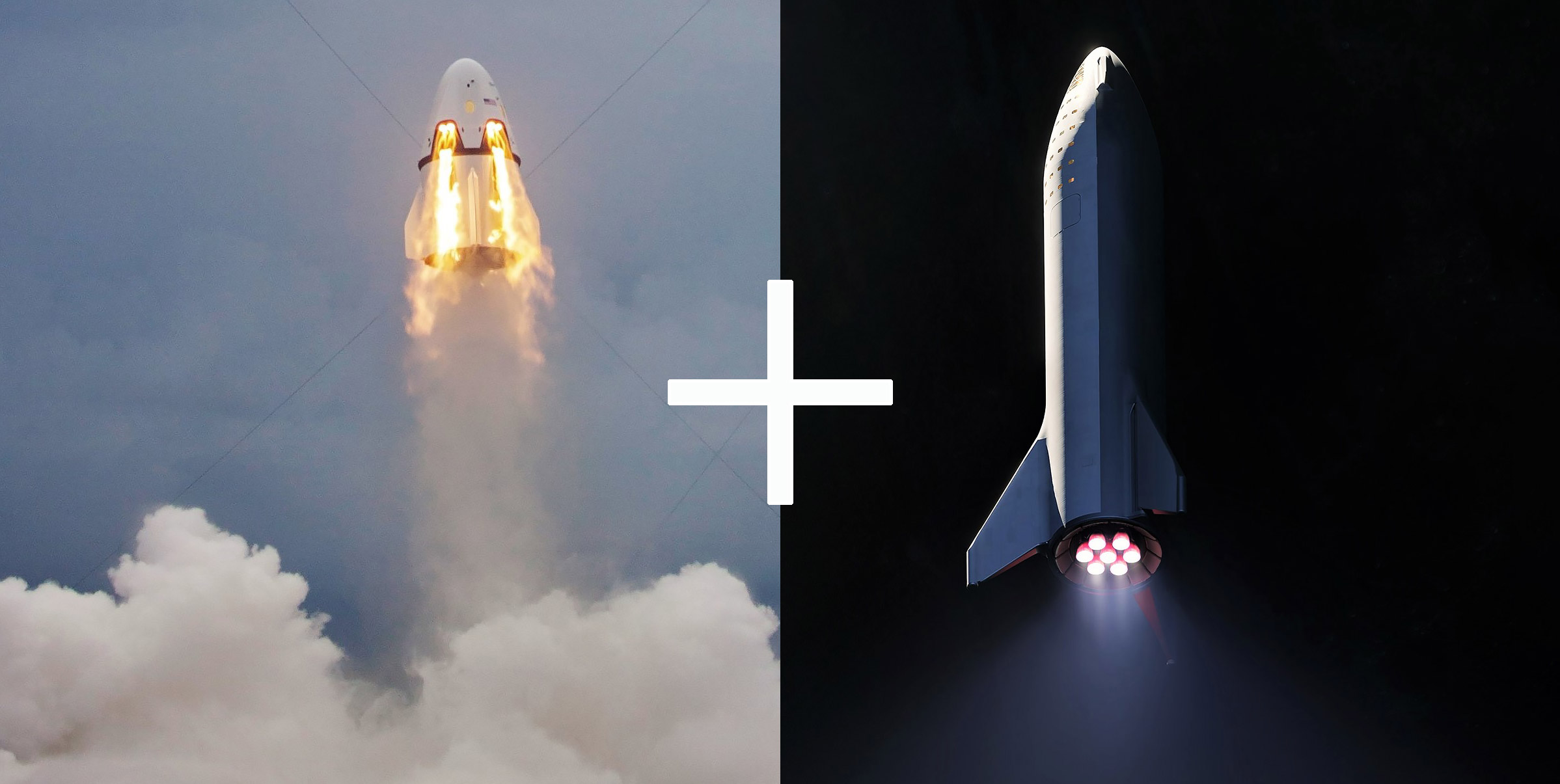
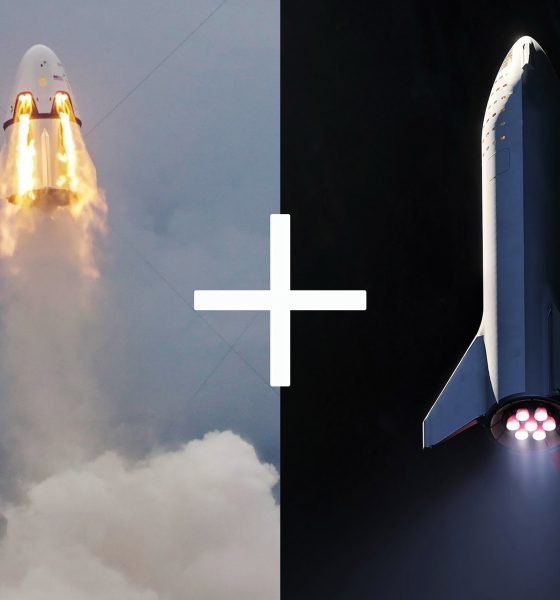
News
SpaceX CEO Elon Musk says Starship pad abort capabilities could come sooner than later
Despite a number of technical hurdles, SpaceX CEO Elon Musk believes that the company’s next-generation Starship spacecraft could eventually be capable of pad aborts in the event of a Super Heavy booster failure before liftoff.
For a vehicle as large and heavy as Starship, this would necessitate a number of compromises, but would undoubtedly serve as a major confidence-booster for prospective passengers in lieu of an established record of reliability. If Starship were capable of pad aborts like the company’s Crew Dragon spacecraft, high-profile and high-value customers like NASA and other space agencies could be far more willing to place astronauts and payloads on what they perceive to be a bizarre but high-performance launch vehicle.
Although SpaceX would almost certainly prefer that Starship and Super Heavy skip the first half of Falcon 9’s life cycle (marked by two catastrophic failures), building a new launch vehicle – particularly one with all new materials, engines, and production processes – is extremely challenging, and failures are to be expected as kinks are worked out.
On the plus side, after several lessons were learned the hard way, SpaceX has demonstrated that it can build an extremely reliable launch vehicle. Since its last catastrophic failure in September 2016, SpaceX has successfully completed 49 launches of Falcon 9 and Falcon Heavy in barely 2.5 years, compared to 29 launches (with 2 failures) from 2010 to 2016. In short, SpaceX has simultaneously proven that it can beat almost any other single provider’s launch cadence and do so with impressive reliability, all while pushing the boundaries of reusable rocketry and constantly upgrading flight hardware.
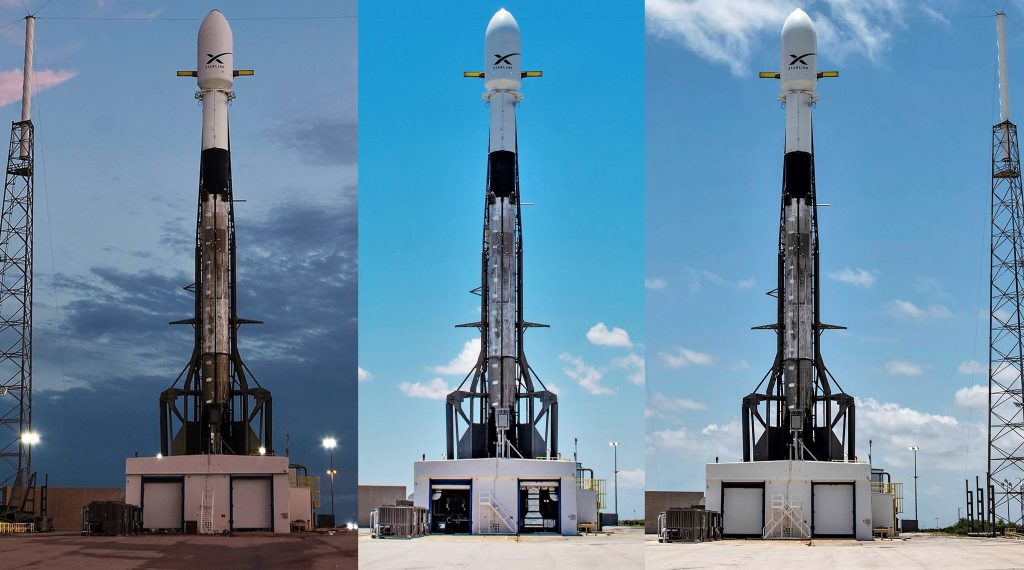
Destroying customer payloads remains unacceptable, but the ultimate success of SpaceX’s Falcon launch vehicle family – at the cost of two operational failures – is undeniable. With Starship and Super Heavy, SpaceX thankfully has several new advantages, owing to its spectacular success over the last few years. With the fruit of major fundraising in hand, an independent F9/FH launch business humming along, and the freedom to pursue significant R&D projects on its own dime, SpaceX may be able to stomach one or several Starship/Super Heavy failures and do so during internal missions.
By accepting possible (and probable) vehicle failures during development and insulating SpaceX’s external customers from any associated risk, the company should be able to develop Starship and Super Heavy in exactly the ways it wants to.
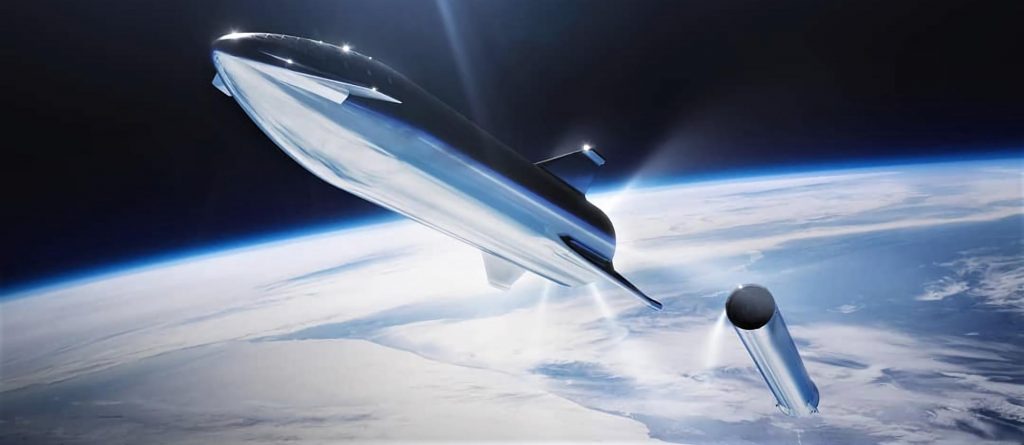
Hence CEO Elon Musk’s indication that SpaceX “is not planning for pad abort with early Starships”. In short, adding the ability for pad aborts to Starship would/will be a major challenge. Assuming a dry mass of 100 tons (220,000 lb) and a wet mass of 1000-1200 tons (2.2M-2.7M lb), Starship’s six planned Raptor engines – capable of producing up to ~1200 tons of thrust at sea level – could be barely enough to lift a fully-fueled spacecraft. In pad abort scenarios, the rocket booster would be suffering some sort of catastrophic failure, if it wasn’t already mid-explosion. As such, getting far away from said explosion as fast as possible is the name of the game, particularly if the priority is ensuring passenger/astronaut survival.
Starting a high-performance liquid rocket engine fast enough to make an abort possible is also a major challenge, though Musk says that Raptor could be capable of extremely fast start-ups in emergency scenarios. Assuming that Raptor can somehow be ignited from standstill in less than a second (preferably 0.1-0.5s) and would still be able to ignite a second time for a soft landing, SpaceX could technically give Starship the thrust-to-weight ratio needed to quickly escape a Super Heavy failure by reducing the propellant load. With the minimal propellant needed to safely reach a stable low Earth orbit (LEO) during crewed Starship launches, SpaceX would have to lean almost exclusively on rapid orbital refueling, but the combination might be enough to ensure that Starships can abort at almost any point during launch.
It’s extremely unlikely that SpaceX will pursue this capability during the prototype phase, but it may not be out of the question for the first crewed mission(s) of finalized Starships.
Check out Teslarati’s Marketplace! We offer Tesla accessories, including for the Tesla Cybertruck and Tesla Model 3.

News
Tesla Europe rolls out FSD ride-alongs in the Netherlands’ holiday campaign
The festive event series comes amid Tesla’s ongoing push for regulatory approval of FSD across Europe.
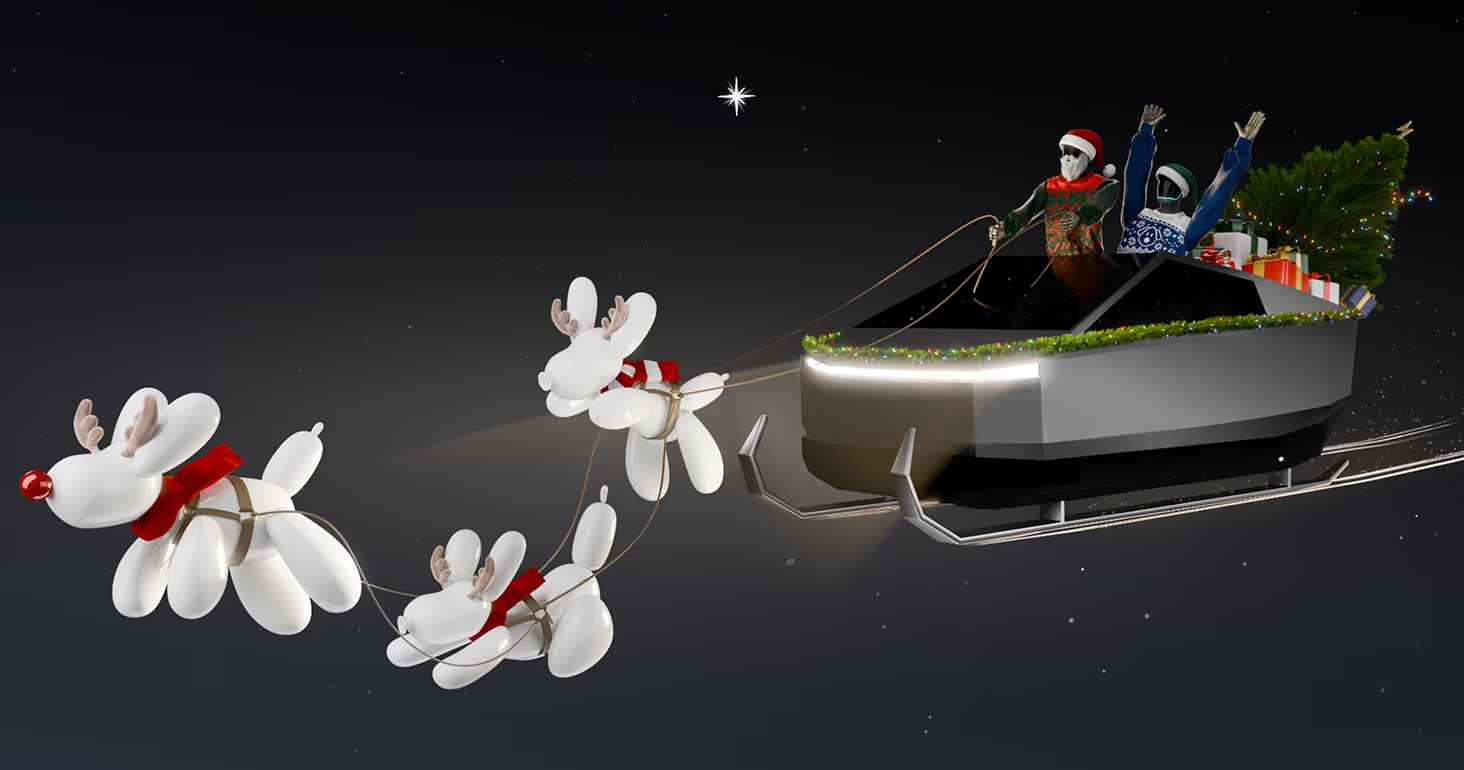
Tesla Europe has announced that its “Future Holidays” campaign will feature Full Self-Driving (Supervised) ride-along experiences in the Netherlands.
The festive event series comes amid Tesla’s ongoing push for regulatory approval of FSD across Europe.
The Holiday program was announced by Tesla Europe & Middle East in a post on X. “Come get in the spirit with us. Featuring Caraoke, FSD Supervised ride-along experiences, holiday light shows with our S3XY lineup & more,” the company wrote in its post on X.
Per the program’s official website, fun activities will include Caraoke sessions and light shows with the S3XY vehicle lineup. It appears that Optimus will also be making an appearance at the events. Tesla even noted that the humanoid robot will be in “full party spirit,” so things might indeed be quite fun.
“This season, we’re introducing you to the fun of the future. Register for our holiday events to meet our robots, see if you can spot the Bot to win prizes, and check out our selection of exclusive merchandise and limited-edition gifts. Discover Tesla activities near you and discover what makes the future so festive,” Tesla wrote on its official website.
This announcement aligns with Tesla’s accelerating FSD efforts in Europe, where supervised ride-alongs could help demonstrate the tech to regulators and customers. The Netherlands, with its urban traffic and progressive EV policies, could serve as an ideal and valuable testing ground for FSD.
Tesla is currently hard at work pushing for the rollout of FSD to several European countries. Tesla has received approval to operate 19 FSD test vehicles on Spain’s roads, though this number could increase as the program develops. As per the Dirección General de Tráfico (DGT), Tesla would be able to operate its FSD fleet on any national route across Spain. Recent job openings also hint at Tesla starting FSD tests in Austria. Apart from this, the company is also holding FSD demonstrations in Germany, France, and Italy.
News
Tesla sees sharp November rebound in China as Model Y demand surges
New data from the China Passenger Car Association (CPCA) shows a 9.95% year-on-year increase and a 40.98% jump month-over-month.
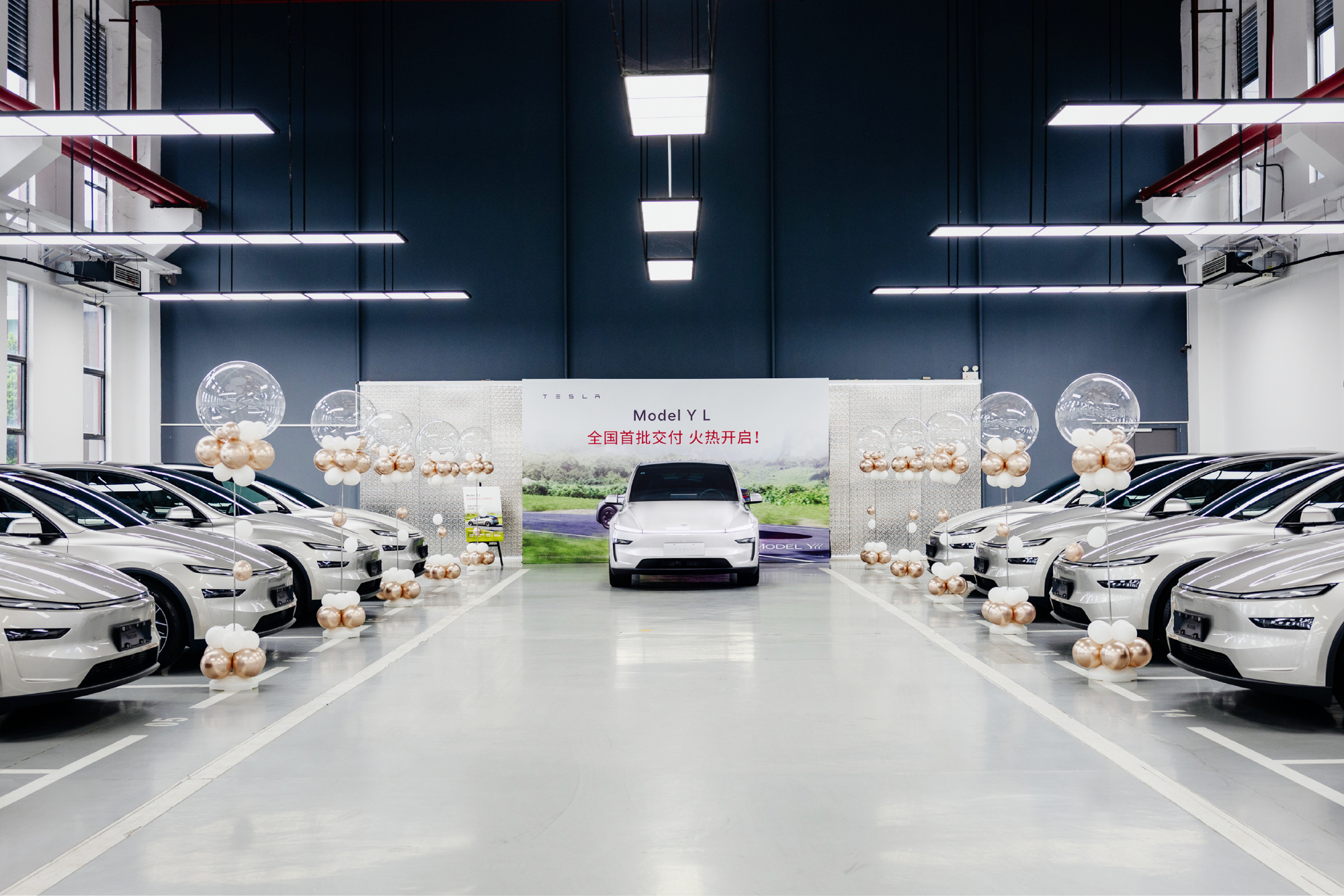
Tesla’s sales momentum in China strengthened in November, with wholesale volumes rising to 86,700 units, reversing a slowdown seen in October.
New data from the China Passenger Car Association (CPCA) shows a 9.95% year-on-year increase and a 40.98% jump month-over-month. This was partly driven by tightened delivery windows, targeted marketing, and buyers moving to secure vehicles before changes to national purchase tax incentives take effect.
Tesla’s November rebound coincided with a noticeable spike in Model Y interest across China. Delivery wait times extended multiple times over the month, jumping from an initial 2–5 weeks to estimated handovers in January and February 2026 for most five-seat variants. Only the six-seat Model Y L kept its 4–8 week estimated delivery timeframe.
The company amplified these delivery updates across its Chinese social media channels, urging buyers to lock in orders early to secure 2025 delivery slots and preserve eligibility for current purchase tax incentives, as noted in a CNEV Post report. Tesla also highlighted that new inventory-built Model Y units were available for customers seeking guaranteed handovers before December 31.
This combination of urgency marketing and genuine supply-demand pressure seemed to have helped boost November’s volumes, stabilizing what had been a year marked by several months of year-over-year declines.
For the January–November period, Tesla China recorded 754,561 wholesale units, an 8.30% decline compared to the same period last year. The company’s Shanghai Gigafactory continues to operate as both a domestic production base and a major global export hub, building the Model 3 and Model Y for markets across Asia, Europe, and the Middle East, among other territories.
Investor's Corner
Tesla bear gets blunt with beliefs over company valuation
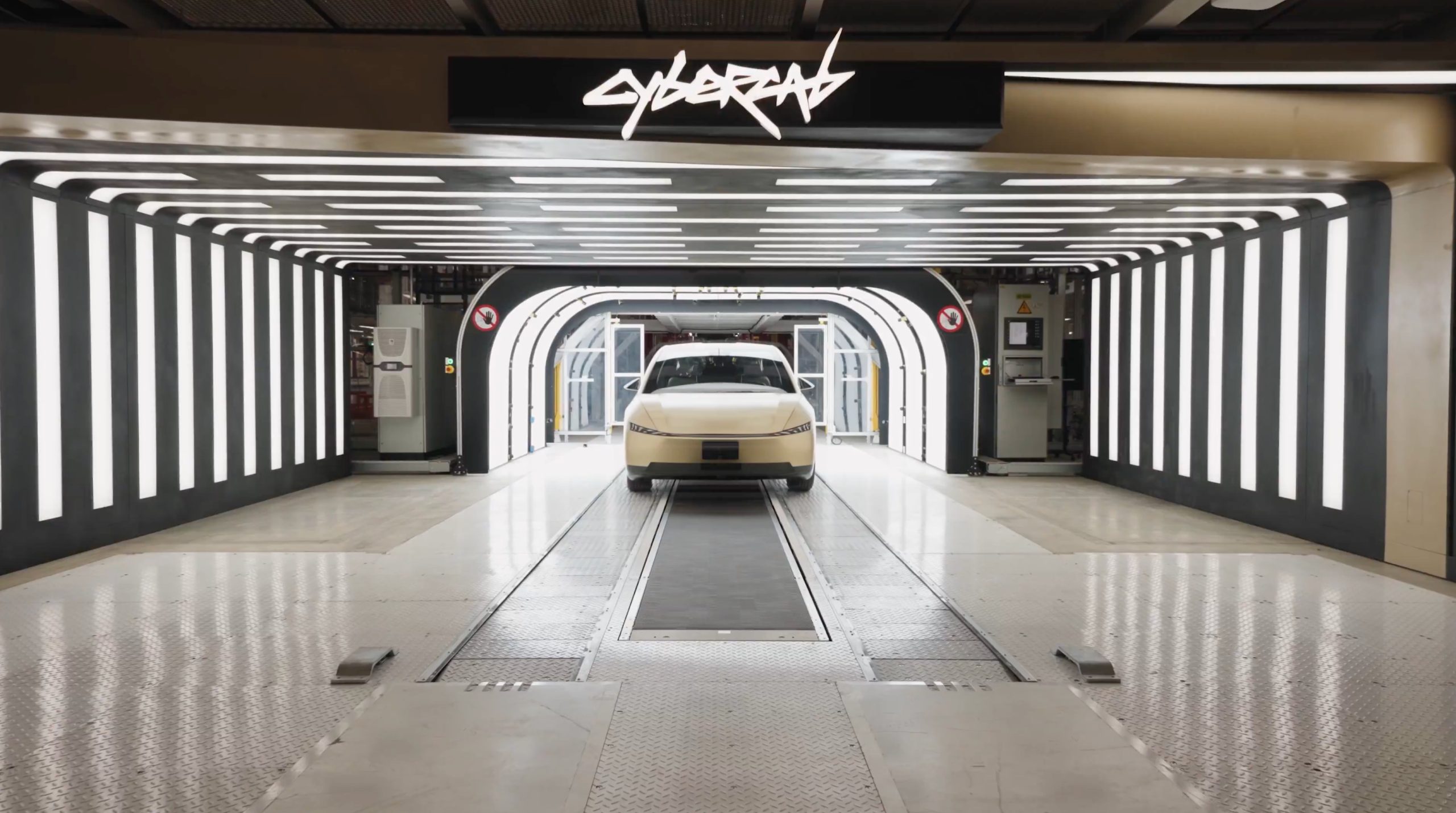
Tesla bear Michael Burry got blunt with his beliefs over the company’s valuation, which he called “ridiculously overvalued” in a newsletter to subscribers this past weekend.
“Tesla’s market capitalization is ridiculously overvalued today and has been for a good long time,” Burry, who was the inspiration for the movie The Big Short, and was portrayed by Christian Bale.
Burry went on to say, “As an aside, the Elon cult was all-in on electric cars until competition showed up, then all-in on autonomous driving until competition showed up, and now is all-in on robots — until competition shows up.”
Tesla bear Michael Burry ditches bet against $TSLA, says ‘media inflated’ the situation
For a long time, Burry has been skeptical of Tesla, its stock, and its CEO, Elon Musk, even placing a $530 million bet against shares several years ago. Eventually, Burry’s short position extended to other supporters of the company, including ARK Invest.
Tesla has long drawn skepticism from investors and more traditional analysts, who believe its valuation is overblown. However, the company is not traded as a traditional stock, something that other Wall Street firms have recognized.
While many believe the company has some serious pull as an automaker, an identity that helped it reach the valuation it has, Tesla has more than transformed into a robotics, AI, and self-driving play, pulling itself into the realm of some of the most recognizable stocks in tech.
Burry’s Scion Asset Management has put its money where its mouth is against Tesla stock on several occasions, but the firm has not yielded positive results, as shares have increased in value since 2020 by over 115 percent. The firm closed in May.
In 2020, it launched its short position, but by October 2021, it had ditched that position.
Tesla has had a tumultuous year on Wall Street, dipping significantly to around the $220 mark at one point. However, it rebounded significantly in September, climbing back up to the $400 region, as it currently trades at around $430.
It closed at $430.14 on Monday.









